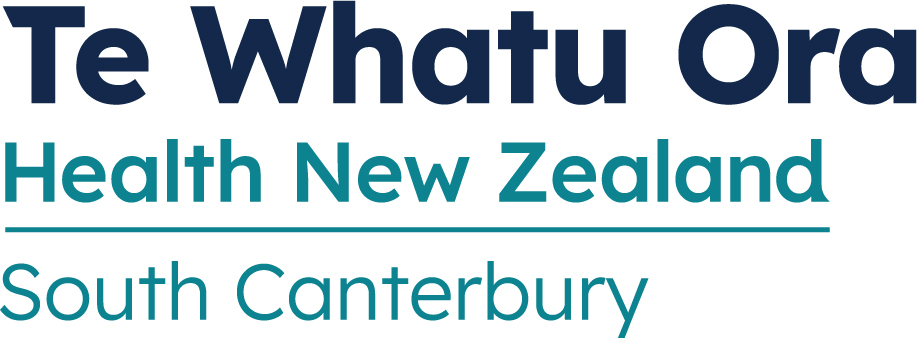Update: 09.01.23 - Health Warning Lifted for Waihao River at Bradshaw Bridge. 01.03.23 Health Warning Lifted for Gum Tree Road.
Health Warning – Algal Bloom in Waihao River at Gum Tree Road and Bradshaw Bridge
Te Mana Ora | Community and Public Health has issued a health warning for Waihao River at Gum Tree Road and Bradshaw Bridge.
The warning follows finding moderate to high cover of potentially toxic algae (benthic cyanobacteria) in the Waihao River at Gum Tree Road and Bradshaw Bridge.
People should avoid the area and animals, particularly dogs, should not be allowed near the water until the health warning has been lifted.
There are also other access points along the Waihao River that may have benthic cyanobacteria present. People are advised to treat every low-flowing river cautiously, check for the presence of benthic cyanobacteria and avoid contact.
Dr Matthew Reid, Medical Officer of Health for Te Mana Ora, National Public Health Service, says the algae look like dark brown to black mats and can produce toxins harmful to people and animals.
“Exposure may cause skin rashes, nausea, stomach cramps, tingling and numbness around the mouth and fingertips.”
“If you experience any of these symptoms, visit your doctor immediately, also let your doctor know if you’ve had contact with dark brown/black algal mats or water in this area”, Dr Matthew Reid says.
Pets that show signs of illness after coming into contact with algal mats should be taken to a vet immediately.
People and animals should remain out of the waterways until the warnings have been lifted.
Environment Canterbury is monitoring the sites and the public will be advised of any changes in water quality.
Facts about cyanobacteria
- Cyanobacteria occur naturally but can increase rapidly during warmer months.
- Algal blooms are caused by a combination of nutrients in the water (such as nitrogen and phosphorus), and favourable weather conditions (e.g. increased temperature, calm days).
- If the water is cloudy, discoloured, or has small globules suspended in it, avoid all contact.
- Not all cyanobacterial blooms are visible to the naked eye and toxins can persist after the blooms disappear.
- Cyanobacterial concentrations can change quickly with changing environmental conditions (e.g. wind). If a health warning is in place avoid contact with the water.
- If a health warning is in place avoid contact with the water.
- Although district or city councils may place warning signs, these may not be seen at the numerous river access points, hence the need for people/ dog-walkers to treat every low-flowing river cautiously.
For further details visit: https://www.lawa.org.nz/explore-data/canterbury-region/
Or contact Te Mana Ora on (03) 364 1777:
https://www.cph.co.nz/your-health/recreational-water/
For more information about Mahinga Kai:
https://www.cph.co.nz/wp-content/uploads/saf0112.pdf
For further information, contact:
Karen Berry
Communications Manager
Te Whatu Ora South Canterbury
021 139 7442
kberry@scdhb.health.nz
ENDS
